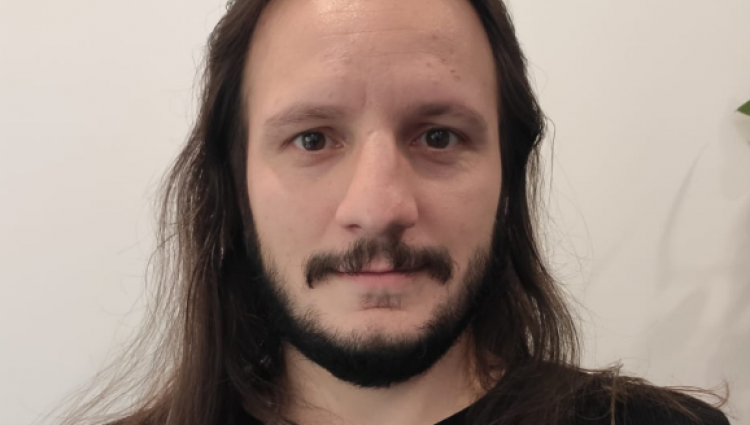Hybrid magnonic quantum systems as a unique platform for spin center-based quantum technologies
Publicado: 16/09/2023 - 10:02
Última modificação: 16/09/2023 - 10:02

Recently, spin centers in solids (e.g., Nitrogen-Vacancy (NV) center) have attracted significant attention due to their applications to quantum information science, e.g., spin qubit and quantum sensor [1-4]. However, to be able to create entanglement between NV centers, one requires having NVs coupled to each other. Unfortunately, the bare interaction between two NV centers is week for separations > 20 nm. This creates a key challenge once NV centers cannot be optically resolvable at these distances. Therefore, providing alternative schemes to couple NV centers over long distances became crucial to enable their use in quantum computation.
Here, we first propose hybrid quantum systems that couple and entangle spin centers over micron length scales through the quantized spin-wave excitations (magnons) of a magnetic material [5,6]. These magnons serve as a quantum bus that transfers the information between different NVqubits. We predict strong long-distance (µm) NV-NV coupling via magnon modes with cooperativities exceeding unity in ferromagnetic bar, waveguide and cylindrical structures [5,6]. Moreover, we explore and compare on-resonant transduction and off-resonant virtual-magnon exchange protocols, and discuss their suitability for generating or manipulating entangled states under realistic experimental conditions [6]. Due to the absence of magnon occupation decay of the off-resonant protocol, our results show this protocol is robust at temperatures up to T≈150mK [6]. Conversely, at lower temperatures the on-resonant protocol shows a faster gate operation, and can even outperform the off-resonance protocol for small magnon damping parameters [6]. Secondly, we experimentally determine the NV-NV coupling mediated by magnons for a diamond slab on top of a YIG bar [7]. This is obtained through the magnon-induced self-energy of the NV center, obtained by combining room-temperature longitudinal relaxometry and an analysis using the fluctuationdissipation and Kramers-Kronig relations [7]. We show our results are quantitatively consistent with our theoretical model [5,6] where NV centers are coupled to magnons by the dipole interaction.
[1] DR Candido, ME Flatté, PRX quantum 2 (4), 040310 (2021)
[2] DR Candido, ME Flatté, arXiv:2303.13370
[3] DR Candido, ME Flatté, arXiv:2112.15581
[4] U Zvi, DR Candido, A Weiss, AR Jones, L Chen, I Golovina, X Yu, S Wang, DV Talapin, ME Flatté, AP Esser-Kahn, PC Maurer, arXiv:2305.03075
[5] DR Candido, GD Fuchs, E. Johnston-Halperin, and ME Flatte, Materials for Quantum Technology 1, 011001 (2021).
[6] M Fukami, DR Candido, DD Awschalom, and ME Flatte, PRX Quantum 2, 040314 (2021).
[7] M Fukami, JC Marcks, DR Candido, LR Weiss, B Soloway, SE Sullivan, N Delegan, FJ Heremans, ME Flatté and DD Awschalom, arXiv:2308.11710